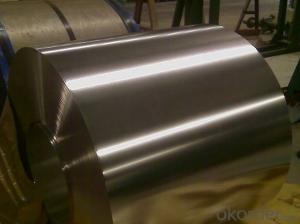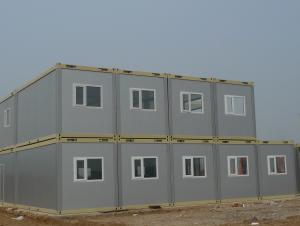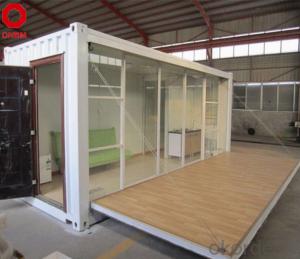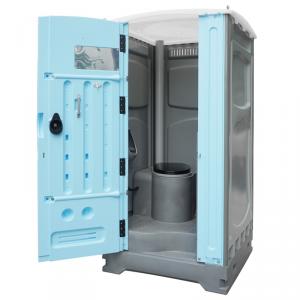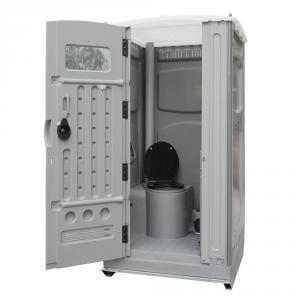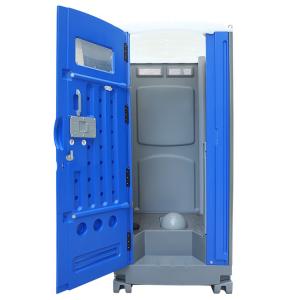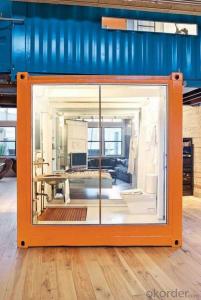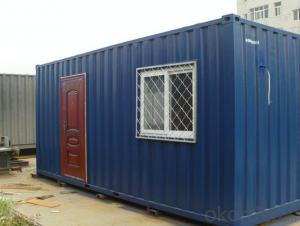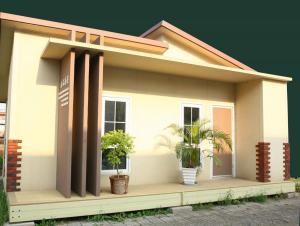HDPE Seated Portable Toilet HDPE Seated Portable Toilet- Outdoor Plastic Mobile Toilet
- Loading Port:
- China main port
- Payment Terms:
- TT or LC
- Min Order Qty:
- 25 m.t.
- Supply Capability:
- 5000 m.t./month
OKorder Service Pledge
OKorder Financial Service
You Might Also Like
Specification
1. Descrição de Estrutura da folha de flandres ETP elétrica para de embalagem de metal
A folha de flandres é uma bobina de aço fina revestida por estanho. Possui um brilho metálico extremamente bonito, bem como excelentes propriedades de resistência à corrosão, soldabilidade e soldabilidade. A folha de flandres eletrolítica sem dúvida tem o lugar de honra como meio de embalagem especialmente para alimentos. A camada livre de estanho não é apenas responsável pelo atraente acabamento brilhante e facilidade de soldagem, mas também não é tóxica, um fator de vital importância nas embalagens de alimentos.

2. Principais características da folha de flandres ETP elétrica principal para embalagens de metal
Somos a empresa estatal que atua em produtos de aço, incluindo bobina / chapa de aço galvanizado pré-pintado, bobina de aço galvanizado, bobina / chapa de aço laminado a frio, tubo de aço sem costura, tubo galvanizado, cantoneira de ferro, viga de aço etc. Qualidade - Nossa empresa tem estado em a indústria há mais de 30 anos. Temos a confiança de empresas nacionais, bem como de distribuidores internacionais e marcas renomadas, como Haier, Kia e Beijing Hyundai etc. Colocamos a qualidade como tábua de salvação. Nunca fabricamos ou vendemos produtos defeituosos , ou reduzindo nosso preço em detrimento da qualidade dos produtos.
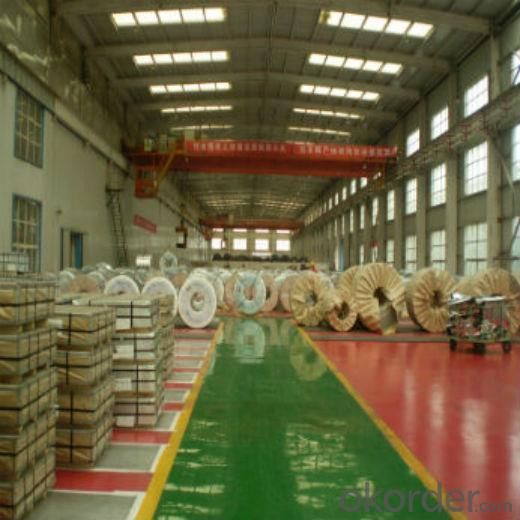
3.Prime Electrical ETP Tinplate for Metal Packaging Specification
Item | Prime T3 Tinplate in sheets |
Tipo | SPCC, MR |
Temper(BA&CA) | T1~T5 |
Revestimento | 1.1~11.2g/m2 |
Espessutra | 0.15~0.50mm(Tolerance: _+0.01 mm) |
Largura(de cortar) | 300~1000mm (Tolerance: 0~3mm) |
comprimento | 450~``50mm (Tolerance: 0~3mm ) |
Diâmetro interno da bobina | 420/508mm |
Peso da bobina | Prime T3 Tinplate in sheets weight 3~10 MT |
Passivação | 311 |
Lubrificação | DOS |
Acabamento de superfície | Bright, Stone, Silver, Matte |
Embalagem | Prime T3 Tinplate in sheets with Seaworthy Standard with/without wooden pallet |
Padrões Disponíveis | GB/T2520, JIS G3303, ASTM A623M & EN10202 |

4. Perguntas frequentes sobre folha de flandres ETP elétrica para embalagens de metal
Como posso comprar os produtos no meu país?
Envie-nos um orçamanto ou e-mail , responderemos se houver distribuidor em seu país.
Quanto tempo leva para receber o produto se eu fizer um pedido?
Com o processo de suas necessidades, embalaremos e entregaremos em 3-7 dias. Se for por transporte marítimo, levará 15-45 dias dependendo dos diferentes locais.
Como é pagamento?
Em primeiro lugar, envie-nos uma consulta e responderemos o seu orçamento, se o nosso preço lhe for adequado, prepararemos a fatura pró-forma com os nossos dados bancários.


- Q: Are container houses suitable for military barracks?
- Container houses are a viable option for military barracks. They possess various advantages that make them an ideal choice for such purposes. To begin with, container houses are a cost-effective alternative. Given the military's limited budget, container houses provide a cost-efficient solution compared to traditional barracks. Containers are readily available and relatively inexpensive, eliminating the need to construct new barracks. Furthermore, their easy modification and transportability reduce construction and relocation expenses. Additionally, container houses offer flexibility and mobility. Military units frequently require relocation or deployment to different areas. Container houses can be effortlessly transported by truck, train, or ship, enabling swift deployment and relocation. This mobility guarantees that military personnel can be accommodated quickly and efficiently, regardless of their location. Moreover, container houses provide durability and security. These containers are constructed to withstand severe weather conditions and offer high levels of security. Made from sturdy steel, they are resistant to extreme temperatures, fire, and even ballistic impacts. This durability ensures the protection of military personnel, allowing them to focus on their duties without concerns about their living conditions. Furthermore, container houses can be tailored to meet specific military requirements. Containers can be modified to include essential amenities like bathrooms, kitchens, and sleeping areas. They can also be connected or stacked to create larger living spaces, accommodating more personnel. This customization optimizes space usage and guarantees suitable living conditions for military personnel. In conclusion, container houses are indeed suitable for military barracks due to their cost-effectiveness, flexibility, mobility, durability, security, and customization options. They provide an efficient and practical solution for military housing, facilitating quick deployment, relocation, and adaptation to specific military needs.
- Q: Are container houses suitable for vacation homes?
- Depending on the specific needs and preferences of vacationers, container houses can indeed be suitable for vacation homes. They have become increasingly popular due to their affordability, sustainability, and versatility. Container houses can be customized to fit various locations and offer unique architectural designs, making them a great choice for vacation homes. Compared to traditional vacation homes, container houses are often more cost-effective. The materials used for container construction are relatively inexpensive, and the construction process is quicker and more efficient, resulting in lower overall costs. This affordability allows vacationers to allocate more funds towards experiences and activities during their vacation. In terms of sustainability, container houses are environmentally friendly. By recycling shipping containers, waste is reduced and a more sustainable lifestyle is promoted. Furthermore, container homes can incorporate eco-friendly features such as solar panels, rainwater harvesting systems, and energy-efficient insulation. These sustainable features benefit the environment and reduce energy consumption, resulting in lower overall costs for the vacation home. Container houses offer a wide range of customization options, allowing vacationers to create a unique and personalized space. The interior layout, fixtures, and finishes can be selected according to individual tastes and preferences. They can be designed to maximize natural light, provide breathtaking views, and offer open-concept living spaces. With the assistance of professional designers and architects, container homes can be transformed into stylish and comfortable vacation retreats. One potential drawback of container houses as vacation homes is their limited space compared to traditional houses. However, this can be addressed by incorporating outdoor living areas, rooftop decks, or expanding the living space with additional containers. Additionally, container houses are easily transportable, providing vacationers with the opportunity to explore different locations and the flexibility to change their vacation destination. To summarize, container houses can be a suitable option for vacation homes, offering affordability, sustainability, and customization possibilities. They provide a unique and modern aesthetic while still meeting the needs and desires of vacationers. However, it is essential to carefully consider individual preferences and consult with professionals to ensure that a container house meets all requirements for a comfortable and enjoyable vacation home.
- Q: Do container houses require permits for construction?
- Yes, container houses typically require permits for construction. The requirements for permits may vary depending on local building codes and regulations. In many jurisdictions, container houses are considered as alternative or unconventional forms of housing, and therefore, they may have specific regulations and requirements that need to be met in order to obtain the necessary permits. It is important to consult with the local building department or planning commission to determine the specific permits and approvals needed for container house construction in your area. This will ensure that your project is in compliance with all applicable regulations, building codes, and zoning restrictions.
- Q: Can container houses be designed to have a fireplace?
- Yes, container houses can be designed to have a fireplace. While it may require some modifications and careful planning to ensure safety and proper ventilation, it is possible to incorporate a fireplace into the design of a container house.
- Q: Are container houses resistant to mold or mildew?
- Proper precautions and maintenance must be followed to ensure that container houses remain resistant to mold or mildew. Moisture control is the key factor in preventing the growth of mold or mildew. Due to their metal construction, containers are naturally resistant to moisture penetration. However, if there are any leaks or gaps, moisture can seep in, creating an environment suitable for mold or mildew to thrive. To maintain resistance to mold or mildew, it is advisable to properly seal and insulate the container to prevent the entry of moisture. This involves sealing any gaps or holes, adequately insulating the walls, and installing a vapor barrier to regulate humidity levels. Moreover, ensuring proper ventilation is vital to prevent the accumulation of moisture inside the container. Regular maintenance plays a crucial role in preventing the growth of mold or mildew. It is important to regularly inspect for leaks or damages, promptly repairing them, and ensuring adequate airflow and ventilation within the container. Regular cleaning and disinfection of the interior surfaces also aid in preventing the growth of mold or mildew. It is worth noting that the resistance of container houses to mold or mildew depends on various factors such as the materials used, construction techniques, and maintenance practices. Seeking advice from professionals and adhering to proper guidelines can help ensure that container houses remain resistant to mold or mildew.
- Q: Are container houses safe?
- Yes, container houses can be safe when properly designed and constructed. While some concerns may arise regarding insulation, ventilation, and structural integrity, these issues can be addressed through proper planning and expertise. Container houses can be built to meet safety codes and regulations, providing a secure and comfortable living space for occupants.
- Q: Can container houses be built with a traditional interior design?
- Yes, container houses can definitely be built with a traditional interior design. While the exterior of a container house may have an industrial and modern look, the interior design can be customized to reflect a traditional style. There are several ways to achieve a traditional interior design in a container house. Firstly, the choice of materials and finishes can play a significant role. By using warm and natural materials like wood, stone, or brick, it can create a cozy and traditional atmosphere. Additionally, incorporating classic architectural elements such as crown moldings, wainscoting, or decorative pillars can enhance the traditional aesthetic. Furthermore, the layout and arrangement of furniture and decor can also contribute to a traditional interior design. By selecting furniture pieces with traditional designs, like ornate sofas or vintage-inspired dining tables, it can help create a traditional ambiance. Additionally, incorporating traditional patterns and textures in upholstery, curtains, and rugs can further enhance the overall traditional style. Lighting fixtures also play a crucial role in interior design. By selecting traditional-style chandeliers, sconces, or pendant lights, it can add a touch of elegance and sophistication to the space. Overall, with careful attention to materials, finishes, furniture, decor, and lighting, container houses can be transformed into traditional havens. The combination of modern exteriors and traditional interiors can create a unique and stylish living space that meets both functional and aesthetic needs.
- Q: Are container houses suitable for daycare or childcare centers?
- Daycare or childcare centers can indeed utilize container houses as suitable options. These houses are renowned for their versatility and adaptability, making them feasible for various purposes, including childcare facilities. It is possible to easily customize and convert container houses into functional, secure, and inviting spaces for children. By incorporating proper insulation, ventilation, and soundproofing, container houses can provide a comfortable and safe environment for children to learn and play. Moreover, container houses can be designed to encompass all essential amenities required for daycare or childcare centers, such as playrooms, classrooms, restrooms, kitchens, and outdoor play areas. These houses can also be conveniently expanded or modified to cater to the evolving needs of the center as it grows. In terms of cost-effectiveness, container houses prove to be more economical compared to traditional buildings, making them an appealing choice for daycare or childcare centers with budget constraints. They are also environmentally friendly since they are constructed using recycled shipping containers, thus promoting sustainability and reducing the impact on the environment. However, it is crucial to ensure compliance with all necessary regulations and safety standards when utilizing container houses for childcare centers. These standards may consist of fire safety measures, adequate space per child, and accessibility for children with disabilities. Collaborating closely with architects and contractors experienced in designing container houses specifically for childcare facilities can guarantee adherence to all relevant regulations. To summarize, container houses present a suitable and pragmatic option for daycare or childcare centers. They offer flexibility, cost-effectiveness, and the ability to create a secure and nurturing environment for children. With meticulous planning and adherence to regulations, container houses can serve as an excellent solution for daycare and childcare facilities.
- Q: Are container houses aesthetically pleasing?
- People have different opinions when it comes to beauty, and what one person considers attractive, another person may not. Nevertheless, container houses have become increasingly popular in recent years because of their distinctive and modern design. Using repurposed shipping containers as the primary building material can create a sleek and contemporary appearance that many people find appealing. Furthermore, the industrial and minimalist style of these homes can be seen as a form of architectural advancement. The clean and straight lines, along with the open floor plans and the potential for customization, make container houses visually captivating for those who appreciate unconventional designs. However, it is crucial to acknowledge that not all container houses are the same, and the final attractiveness of a container house relies on the design, materials, and overall execution.
- Q: Are container houses suitable for areas with high winds?
- Yes, container houses can be suitable for areas with high winds. These houses are built using steel containers, which are sturdy and can withstand strong winds. Additionally, they can be reinforced with additional structural elements to further enhance their wind resistance.
Send your message to us
HDPE Seated Portable Toilet HDPE Seated Portable Toilet- Outdoor Plastic Mobile Toilet
- Loading Port:
- China main port
- Payment Terms:
- TT or LC
- Min Order Qty:
- 25 m.t.
- Supply Capability:
- 5000 m.t./month
OKorder Service Pledge
OKorder Financial Service
Similar products
Hot products
Hot Searches
Related keywords
